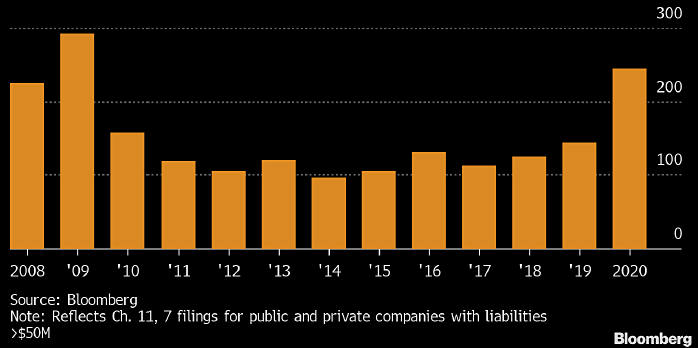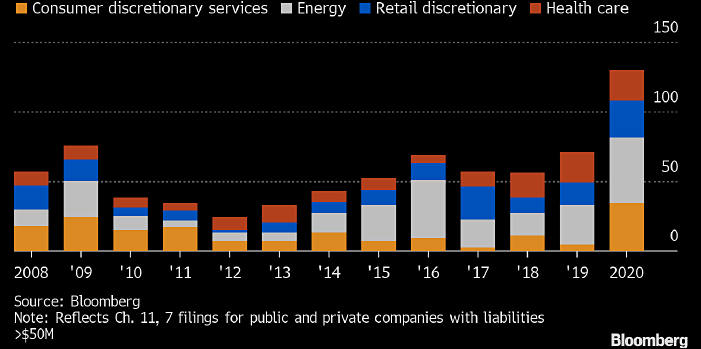
-
Follows0Replies0Views588
-
Follows0Replies1Views2.0KNissan source codes leaked and it is not even Mordor hackers
-
All the contents of the internal Git repository of Nissan North America were in the public domain. The source code of the automaker's applications, diagnostic software and web services was leaked because of the administrator account, which used the default password.
The information was downloaded from a Git server powered by the Bitbucket platform. To gain access to this repository, the standard “admin” account with the password “admin” could be used. This was used by the attackers who stole the data and made it publicly available.
According to available data, the source code of mobile applications, diagnostic software, NCAR and ICAR services, an information system for interaction with dealers, a portal for logistics management, server backends, internal information systems, automotive services, several programs were stolen from the Nissan Git repository for customer service, marketing and sales management.
Analysis of the publicly available data showed that the code of the ASIST diagnostic system uses the outdated RC4 algorithm with a hard-coded Amalesh key to encrypt the password.
Sometimes it is just idiots inside, you know.
1 comment 2 comments Vitaliy_KiselevJanuary 2021Last reply - January 2021 by Vitaliy_Kiselev Subscribe to this blog
Subscribe to this blog
-
-
Follows0Replies0Views624War: Amazon lost rights for AWS in China
-
At the end of 2020, it became known that Amazon was banned from using the logo and trademark of its AWS cloud service in China. According to The Wall Street Journal, the Beijing Municipal Court ruled that the AWS trademark belonged to Beijing-based ActionSoft Science & Technology Development Co., which also operates in the cloud, and that Amazon cannot use the name and similar logos in China.
The court also ordered Amazon to pay ActionSoft 76.5 million yuan (about $ 11.8 million) in damages. The court reportedly issued a ruling in May but did not release it until December 30.
It is real humiliation and it is expected that situation will be developing to worse. Amazon can be banned from China totally, including rule that allowing for any Chinese company or even companies closely working with Chinese corporations to use any Amazon service.
-
-
Follows0Replies2Views2.7KCapitalism: Mordor and China must suffer a lot from coronavirus epidemic
-
China and Russia should not emerge victorious from the coronavirus pandemic, the British ambassador to the US said recently.
The diplomat called the strategic competition from Moscow and Beijing a big challenge and for them being able to cope and solve the problems of coronavirus is not an acceptable outcome.
As if we allow this to happen we can wake up one day and discover Chinese standards in areas such as artificial intelligence and cybernetics, she said.
Pearce expressed concerns that the PRC might set the rules for future technological development, and compared the situation with the proliferation of nuclear technology in the 1950s. UK and US at all costs, including direct military use, must not allow this to happen.
She believes that current speed of China's development is unacceptable, Chinese leaders are "authoritarian" and new technologies should benefit only "open markets" and not countries with communist party behind the wheel.
2 comments 3 comments Vitaliy_KiselevJanuary 2021Last reply - January 2021 by paulhouston Subscribe to this blog
Subscribe to this blog
-
-
Follows0Replies1Views2.1KCapitalism: Stop paying for huge bonuses of Tim Cook!
-
Apple CEO Tim Cook earned $14.7 million in fiscal year 2020, according to the company's statements published on the website of the US Securities and Exchange Commission. This is 27.8% more than a year earlier.
The current amount consists of a top manager's salary of $3 million, a bonus that the company pays for meeting target that Cook set himself - it is $10.7 million, as well as the company's expenses for ensuring Cook's safety and extra comfort air travel - it is more than $1 million. Apple requires its CEO to use only top level private jets with anti missile defenses for business and personal travel. Cook's bonuses are up 40% YoY.
Remember, from each ten dollars you pay for extra memory, SSD or video card you have no less than 7 going to top managers bonuses and most rich investors.
Just stop supporting this fascist scum!
1 comment 2 comments Vitaliy_KiselevJanuary 2021Last reply - January 2021 by paulhouston Subscribe to this blog
Subscribe to this blog
-
-
Follows0Replies0Views977DALL-E from OpenAi can generate superb images from text
-

a snail made of harp

an emoji of a baby penguin wearing a blue hat, red gloves, green shirt, and yellow pants
-
-
Follows0Replies0Views624War: US pressure on Chinese financial and other apps continues
-
U.S. President Donald Trump on Tuesday signed an executive order banning transactions with eight Chinese software applications, including Ant Group’s Alipay mobile payment app.
It tasks the Commerce Department with defining which transactions will be banned under the directive within 45 days and targets Tencent Holdings Ltd’s QQ Wallet and WeChat Pay as well.
The order also names CamScanner, SHAREit, Tencent QQ, VMate which is published by Alibaba Group subsidiary UCWeb, and Beijing Kingsoft Office Software’s WPS Office.
You can literally see ears of leading US software and financial monopolies.
-
-
Follows0Replies0Views578
Howdy, Stranger!
It looks like you're new here. If you want to get involved, click one of these buttons!
Categories
- Topics List23,991
- Blog5,725
- General and News1,354
- Hacks and Patches1,153
- ↳ Top Settings33
- ↳ Beginners256
- ↳ Archives402
- ↳ Hacks News and Development56
- Cameras2,367
- ↳ Panasonic995
- ↳ Canon118
- ↳ Sony156
- ↳ Nikon96
- ↳ Pentax and Samsung70
- ↳ Olympus and Fujifilm101
- ↳ Compacts and Camcorders300
- ↳ Smartphones for video97
- ↳ Pro Video Cameras191
- ↳ BlackMagic and other raw cameras116
- Skill1,960
- ↳ Business and distribution66
- ↳ Preparation, scripts and legal38
- ↳ Art149
- ↳ Import, Convert, Exporting291
- ↳ Editors191
- ↳ Effects and stunts115
- ↳ Color grading197
- ↳ Sound and Music280
- ↳ Lighting96
- ↳ Software and storage tips266
- Gear5,420
- ↳ Filters, Adapters, Matte boxes344
- ↳ Lenses1,582
- ↳ Follow focus and gears93
- ↳ Sound499
- ↳ Lighting gear314
- ↳ Camera movement230
- ↳ Gimbals and copters302
- ↳ Rigs and related stuff273
- ↳ Power solutions83
- ↳ Monitors and viewfinders340
- ↳ Tripods and fluid heads139
- ↳ Storage286
- ↳ Computers and studio gear560
- ↳ VR and 3D248
- Showcase1,859
- Marketplace2,834
- Offtopic1,319






